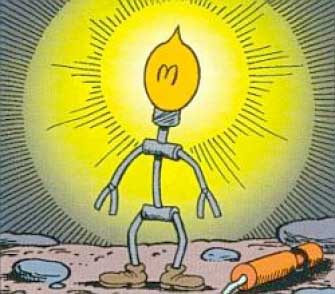thanks again for the help
A couple of follow up questions:
1) the 0.033 capacitor is 0.033uF correct?
2) any recommendations for type/brand for
a) capacitors
b) resistors
c) potentiometer
1) 0.033uF is in fact correct. Here are Yamaha's parts specs for A960:

2) Assuming Mouser is your goto parts source, here are a few suggestions:
a) The 390p cap is directly in the signal path. If sticking with ceramic, accept nothing less than C0G (NP0) with a 5% tolerance. If building on veroboard with 0.1" grid pattern, I'd consider this
AVX cap for its appropriate lead spacing.
[edit] Forgot to mention that this
WIMA polypropylene item would also be an excellent choice. 5mm lead spacing though -- but do-able.
Yamaha uses a Mylar (polyester) 0.033uF cap. Here's a
Vishay/BC item with 5% tolerance. And again, with 5.08mm lead spacing.
b) Carbon resistors are great for tube gear. But here, I would go with 1/4W, 1% metal film and worry not. Vishay is the touted high quality brand (though I once got a shipment from Mouser of mismarked Vishay resistors -- go figure) but trying to match all your resistor values from the Vishay brand -- much less from the same series -- from a single source can be a challenge. I usually go with Xicon, especially when prototyping. They haven't failed me yet.
c) Much to consider when selecting a potentiometer. Do you need PC board terminals or solder lug style? Then there's shaft style (do you already have a knob set in mind?): knurled, round, "D" cut and rarer "half-round." Two common shaft diameters are 1/4" (6.35mm) and 6mm. Knobs designed for one often don't fit the other. And consider shaft length. Mouser carries an assortment of
100KB dual gang pots. A Bourns or Alpha should afford good service, providing you find the configuration you need.











